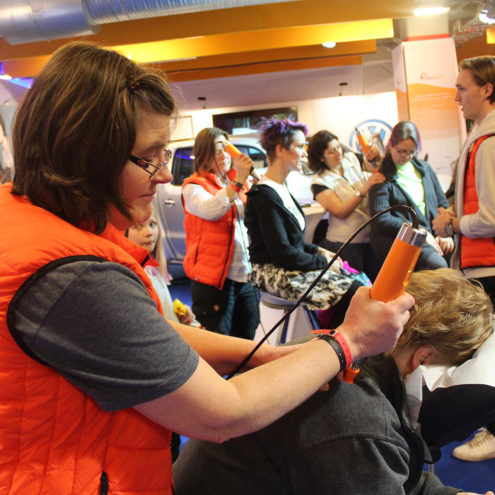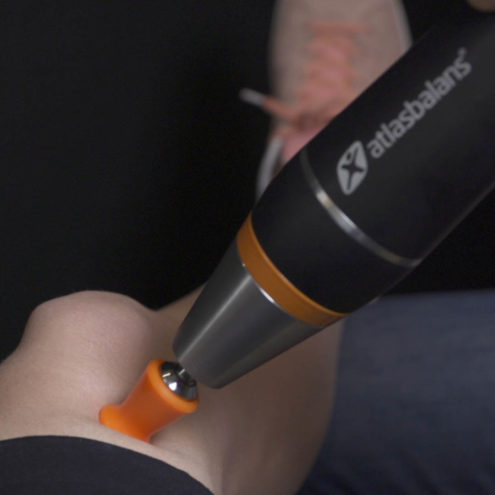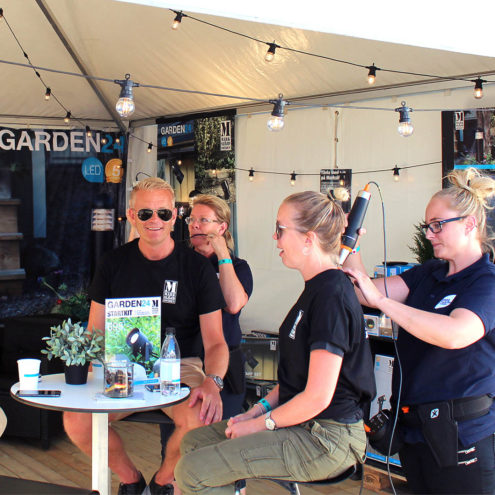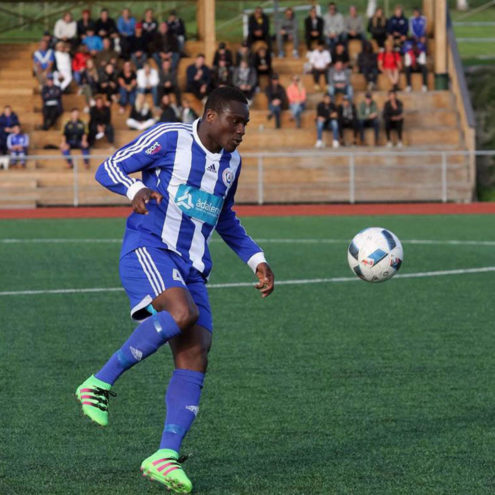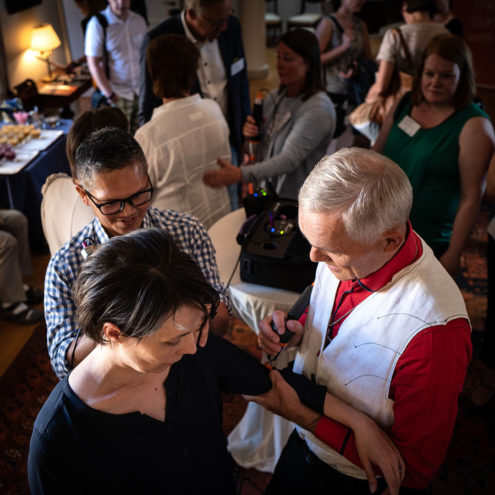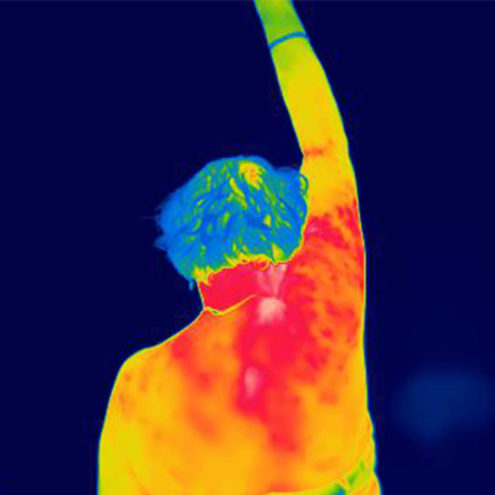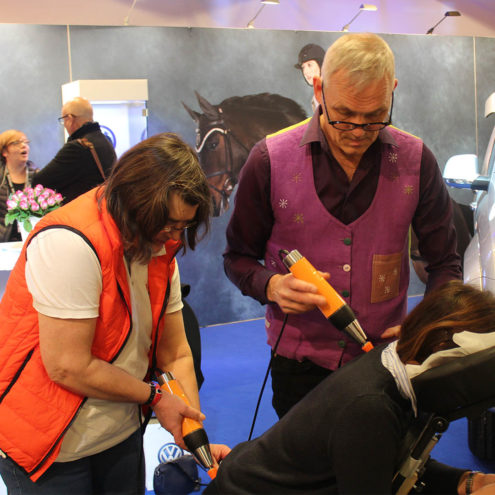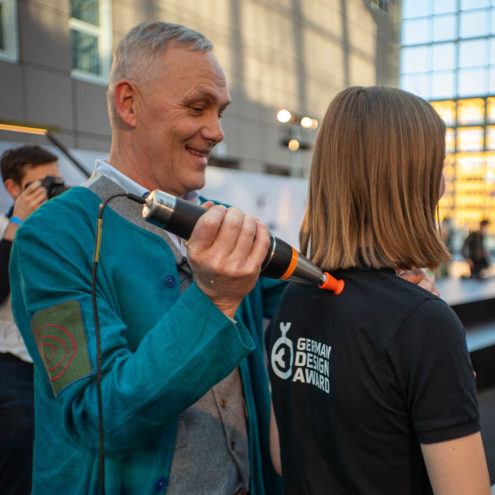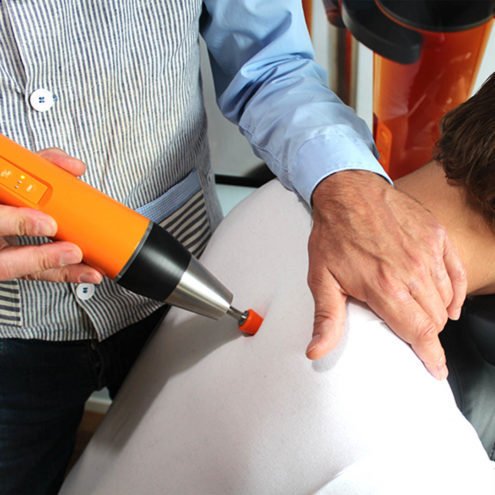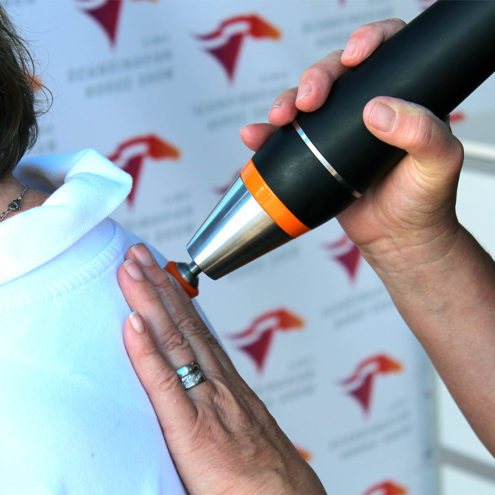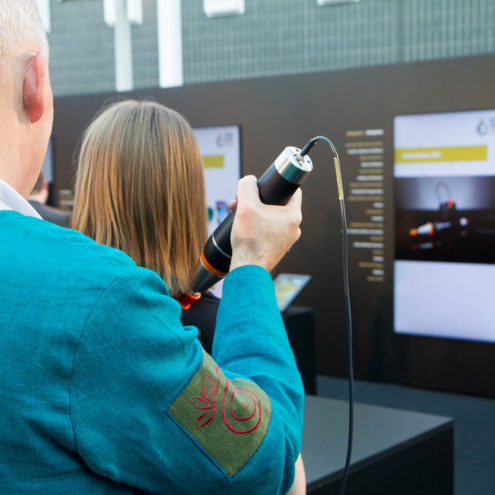Heel Spurs in Children: Symptoms, Causes and Treatment
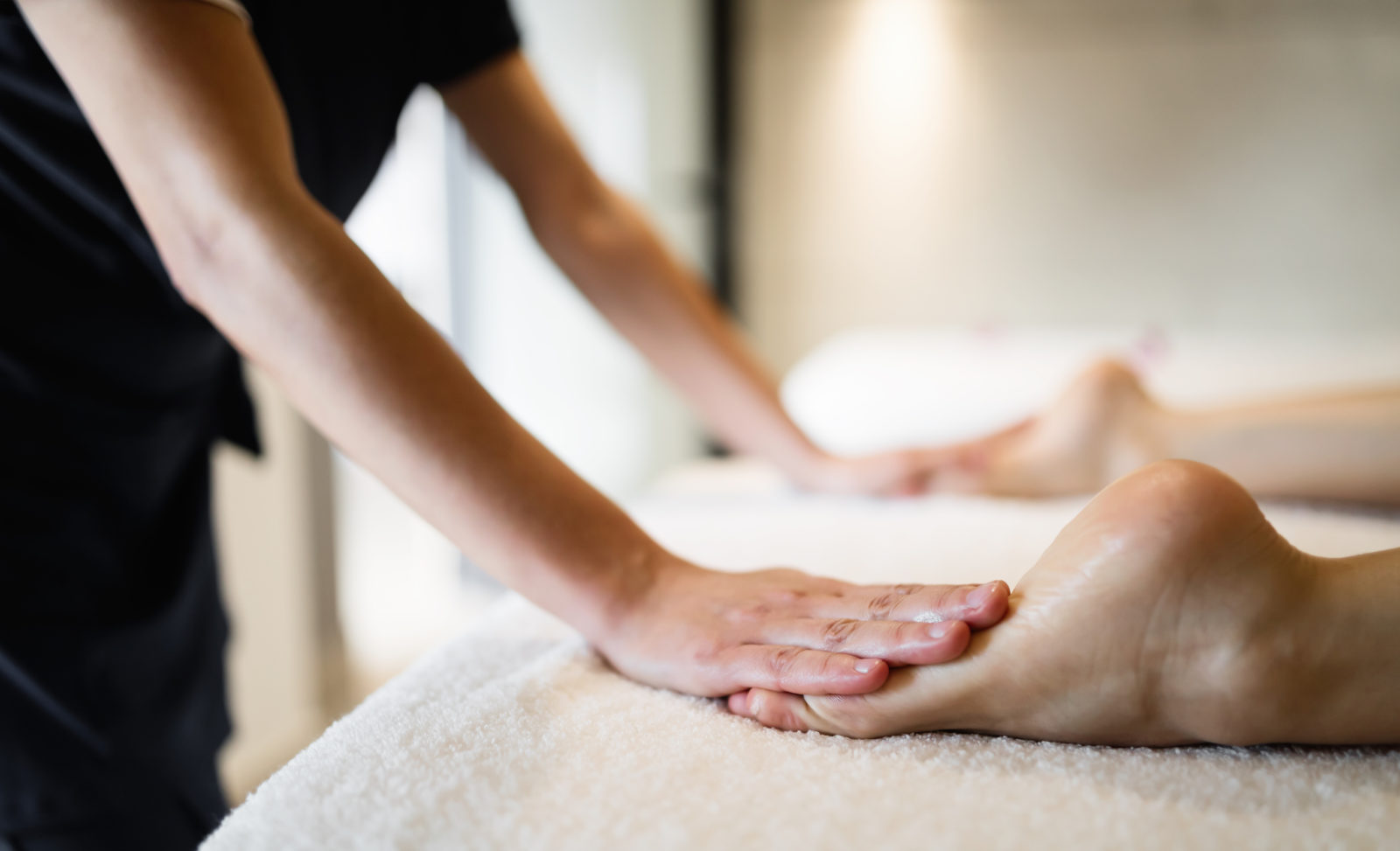
Heel spurs is a pain condition often associated with adults, but it can also affect children and adolescents. It is important to understand how heel spurs manifest in young individuals, its causes and what treatment options are available. In this comprehensive article, we will explore heel spurs in children from a fascia perspective and offer insights on how to effectively manage this condition.
Introduction to heel spurs in children
Heel spur is a condition involving pain and inflammation of the heel. It is usually associated with overuse and repeated stresses on the heel and its fascia, the structure that surrounds the muscles and supports the arch of the foot. In children and adolescents, heel spurs can be the result of growth and activity, and it is slightly different from heel spurs in adults.
Symptoms of heel spurs in children
The nature of pain
The pain of heel spurs can vary in intensity and character. Many people describe it as a sharp, stabbing pain in the heel, especially when they put weight on their foot. The pain may be worse in the morning and gradually subside during the day, only to return after activity.
When and how the pain occurs
Heel spurs in children can cause pain during activities such as walking, running or jumping. It can also be triggered by standing for long periods or after resting. Understanding which activities trigger the pain can be important to avoid overuse and promote recovery.
Other signs and symptoms
In addition to pain, children with heel spurs may experience swelling and redness of the heel. Their walking patterns may also change, with a tendency to avoid putting weight on the affected heel.
Causes of heel spurs in children
Physical factors
Heel spurs in children can be caused by several physical factors. Growth can play a significant role, as rapid growth can cause overuse in the plantar fascia and tendon attachment in the heel. Increased physical activity and sport, especially if not balanced with proper rest and recovery, can also be a contributing factor.
Shoes and footbed
Often, inappropriate footwear or lack of support can be a trigger for heel spurs in children. Shoes that lack cushioning and arch support can increase stress on the heel and plantar fascia. Ensuring that the child has the right shoes with supportive inserts is important to reduce the risk of heel spurs.
Genetics and family history
In some cases, genetic factors may play a role in heel spurs. If other family members have had similar problems, it may indicate a genetic predisposition to the condition. It is important to note family history when assessing heel spurs in children.
Treatment of heel spurs in children
Home treatments
Home treatments can be effective in managing heel spurs in children. Icing the painful heel can relieve inflammation, and rest is important to give the foot time to recover. Stretching exercises and a balanced workout can also help prevent recurrence of heel spurs. It may also be helpful to tape heel spurs for lighter loads.
Custom shoes and inserts
Investing in the right shoes with supportive inserts is crucial to relieve heel pressure and minimize the risk of heel spurs. Shoes with good cushioning and arch support can relieve pressure on the fascia and help relieve pain.
Physiotherapy and rehabilitation
Physiotherapy can be a valuable treatment method for children with heel spurs. An experienced physiotherapist can design exercises and treatments that aim to strengthen the muscles in the foot and improve the mobility of the fascia. This can help reduce pain and promote healing.
Also read: Exercises for heel spurs
Medical treatment
In some cases, medical treatment may be necessary to manage heel spurs in children. This may involve prescription anti-inflammatory drugs or other medications prescribed by a doctor. Doctor visits are important if the pain is severe or does not improve with home treatment.
Prevention of heel spurs in children
Choosing the right shoes
Parents should be careful to choose the right shoes for their children. This means looking for shoes with good cushioning, arch support and a comfortable fit.
Strengthening exercises
Including strengthening exercises for the foot muscles in your child’s exercise routine can help prevent heel spurs. These exercises can include toe raises, foot arch exercises and calf muscle stretching.
FasciaClinics’ expertise in children’s heel spurs
The FasciaClinics are experts in pain management by focusing on the fascia and its role in the body. By addressing the impact of the fascia on heel spurs, we can help children regain pain freedom and return to their daily activities.
Final Thoughts
Managing heel spurs in children requires understanding its causes, symptoms and treatment options. By looking from the perspective of the fascia, we can better understand how overuse and impact can lead to heel pain. With the right treatment strategies and preventive measures, children and adolescents can overcome heel spurs and enjoy an active and pain-free lifestyle.
Contact the FasciaClinics for more information and professional advice on heel spurs in children. We are here to help with tailored treatment options that can make a difference in your child’s life.
 Search
Search




